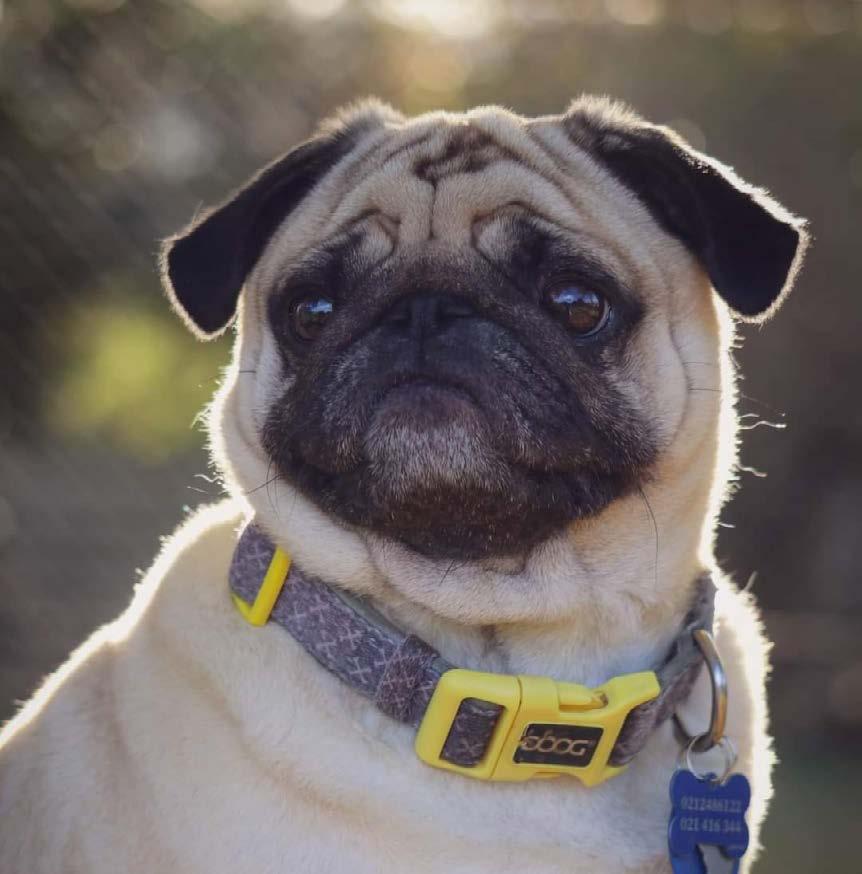
7 minute read
week › Meet my pet... pg 12–13 › One minute with… Cushla Parker, Clinical Nurse Specialist, Fracture Liaison Service ... pg 14
Te Reo Māori Akoranga 6 – Lesson 6 Ngā Rā o te Wiki - Days of the week
Kei aku toka tū moana, e whakamanawa ana ahau i a koutou. To all of you stalwarts who stand strong like a rock in the ocean, I pay tribute to you.
Advertisement
This week we are going to explore the Māori names for the days of the week. Traditionally, Māori life was conducted in accordance with the Maramataka Māori or the Māori lunar calendar. The Maramataka Māori follows the monthly cycles of the phases of the moon rather than the Gregorian calendar and the measures of time that we are more familiar with these days. Modern Latin-based cultures generally adopted the names for the days of the week from the Romans who had named these after classical planets. While the modern English days of the week were adopted from the Germanic Norse culture who had named these after their old gods.
English name Roman planet Germanic god Sunday Sol Sunne Monday Luna Mōnda Tuesday Mars Tīw Wednesday Mercury Wōden/Wettin Thursday Jupiter Thunor Friday Venus Frige Saturday Saturn Frige
From around the 1990s in Aotearoa, the following names were promoted for use as they aligned with the colonial thinking. English name Māori English translation Monday Rāhina Rā + Māhina (day + Moon) Tuesday Rātū Rā + Tūmatauenga (day + Mars) Wednesday Rāapa Rā + Apārangi (day + Mercury) Thursday Rāpare Rā + Pareārau (day + Jupiter) Friday Rāmere Rā + Mere (day + Venus) Saturday Rāhoroi Rā + horoi (day + wash) Sunday Rātapu Rā + tapu (day + holy) These kupu (words) are often thought to be more traditional Māori words and while they are still widely utilised, we can see that they have no connection to traditional Māori culture whatsoever. As such, there is a drive from Māori leaders such as Rangi Mātāmua for the loan words for the days of the week to be used instead.
These kupu which are seen below have a clear connection to their English counterparts which dispels confusion when striving to reclaim mātauranga Māori (Māori knowledge).
Loan words – Transliterations Mane Monday Tūrei Tuesday Wenerei Wednesday Tāite Thursday
Parairei Hātarei Hanarei Friday Saturday Sunday
He Whakapātaritari – A Challenge Start using the loan words above on a daily basis to become more familiar with them. You could also use them in your diary, or on your weekly schedules at home with the whānau (family). Tēnā koutou i te manawa nui mai. Thank you for your commitment. If you have any questions or feedback, please make contact via the email below.
Hauora.Maori@cdhb.health.nz
I mōhio rānei koe? Did you know?
In Waitangi on 28 October 1835, 34 northern Rangatira Māori (Māori chiefs) entered into an alliance with the Crown with the signing of the Whakaputanga o te Rangatiratanga Nu Tīreni – The Declaration of Independence of New Zealand. This declaration preceded Te Tiriti o Waitangi and asserted that Māori maintained their sovereign power and authority of the whenua (land) and that no foreigners could make laws. It also provided Māori with Crown protection in the face of the changing world following European contact.
Declaration of Independence - He Whakaputanga - Declaration of Independence | NZHistory, New Zealand history online.
Meet my pet
Doug
Pug, 6 years old I am convinced Doug is not a normal dog. He hates walks, ignores other dogs and has no idea what to do with a ball. He is super smart and can fetch all his toys by name. He loves people, food and cuddles.
Kate and Darrell Brooks, Asbestos Manager and Acting Charge Midwifery Manager


Henry (also known as ‘Henners’)
Pembroke Welsh Corgi, 3 ½ years old Henry, son of Prudence (featured in ‘Meet my pet’ on 3 October) and puppy nephew of Lish in Clinical Coding, has a lot of personality which makes up for his lack of height. His hobbies include ‘beggies’ to show his approval, casting judgement, barking, and letting his feelings be known in general. He enjoys his daily stipend of banana from his human dad’s breakfast and has been known to sulk for hours if it is missed.
Sarah Oquist, Registered Nurse - Older Persons Health and Rehabilitation
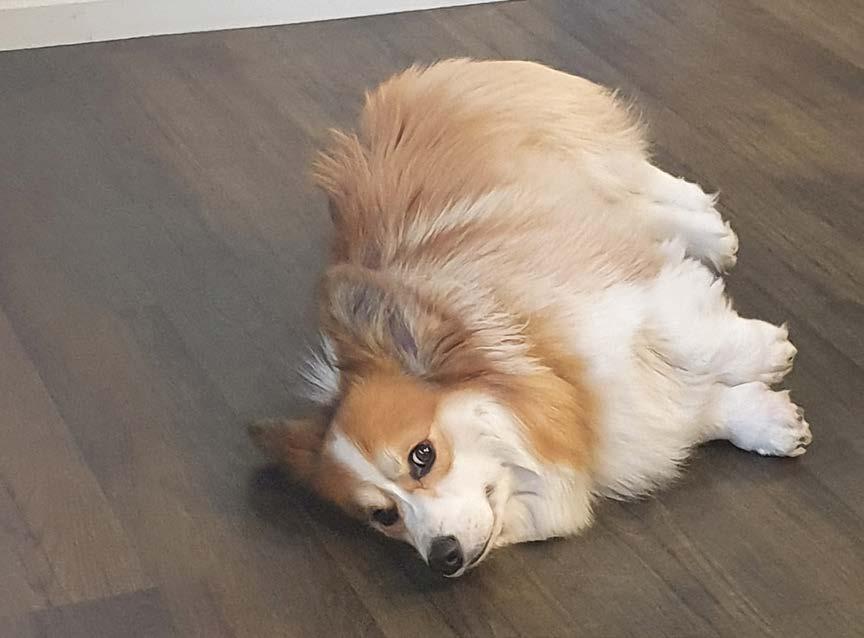
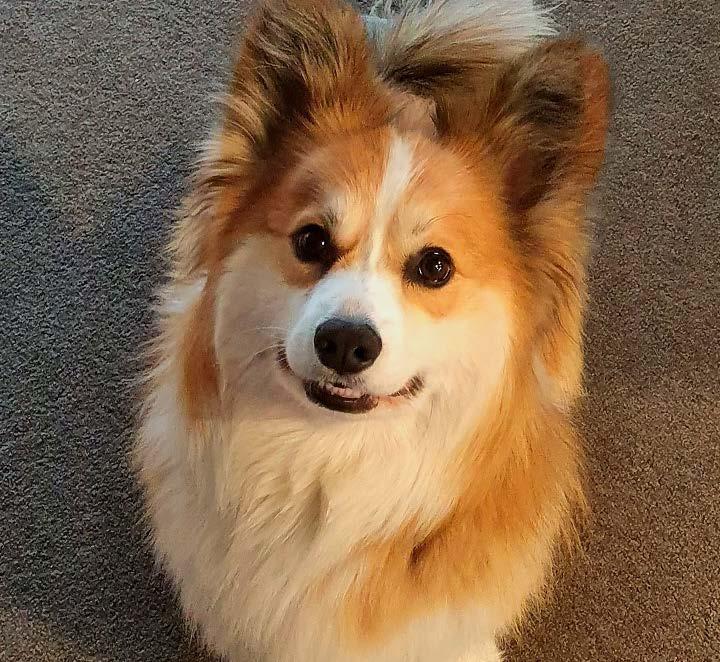

Ziggy
Maltese Terrier, approximately 6 years old Ziggy's journey with us started in Qatar when we adopted him from an animal shelter. He had been badly abused, was extremely timid and very anxious (as you can see from the photo taken when he was rescued, below right). Four years on and two countries, he is now very sociable, loves going for walks and dog park play time. He occasionally makes guest appearances at the corporate office where he wanders from desk to desk getting lots of pats and bringing smiles to people’s faces. Tracey Maisey, Interim Director Strategy, Planning and Reporting
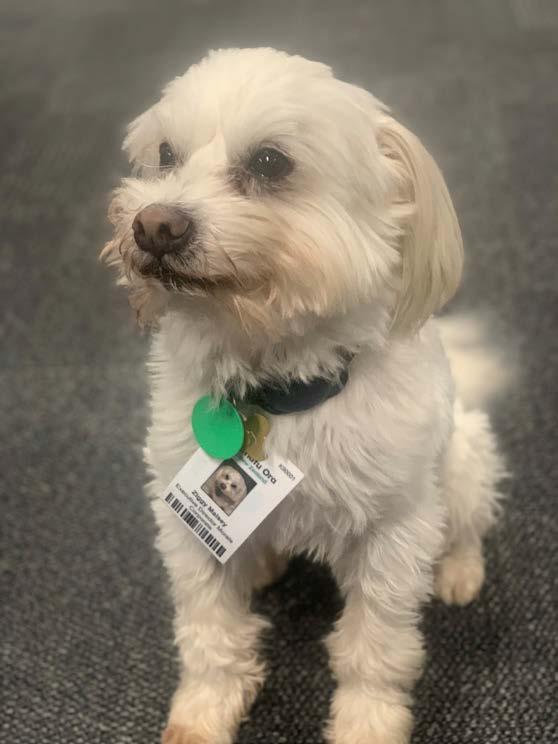
We want to meet your pet(s) – cat, dog, horse, alpaca, rat, ferret, rabbit, fish, bird, donkey – it doesn’t matter! You love them and now is your chance to show them off. To submit your pet(s), click on this link (you must do this from your work email address). If you have any difficulty with the form, you can email communications@cdhb.health.nz We are so excited to meet your pets.
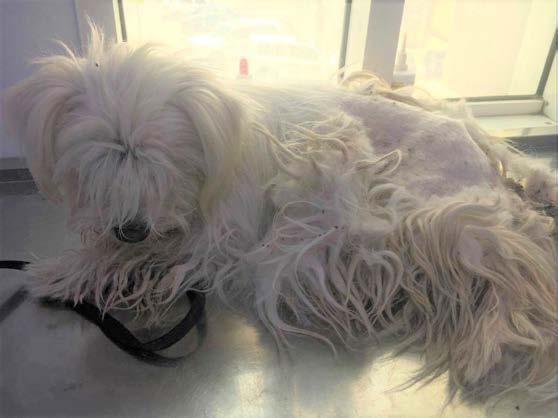
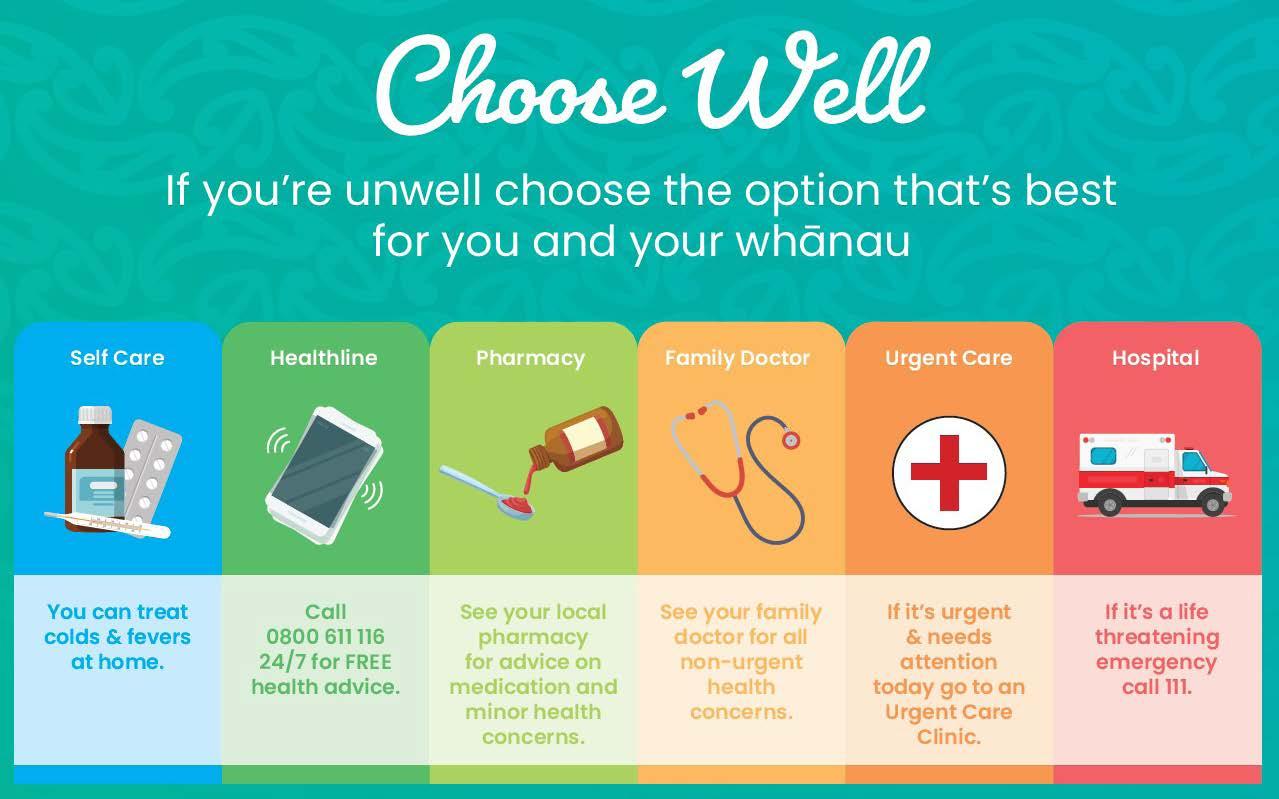
One minute with… Cushla Parker, Clinical Nurse Specialist, Fracture Liaison Service
What does your job involve? The Fracture Liaison Service (FLS) is a preventative service with the goal of diagnosing patients with osteoporosis or low bone density. The long-term aim is to reduce hip fracture numbers because 50 percent of hip fracture patients have previously suffered a fragility fracture. A fragility fracture occurs when a person trips/falls/low trauma event and fractures their radius, humerus, spine, pelvis or femur. One in three women and one in five men aged over 50 years will suffer a fragility fracture due to osteoporosis. On a weekly basis I identify patients over the age of 50 years who have sustained a fragility fracture and assess their risk factors for osteoporosis. Our service follows the clinical guidance on osteoporosis as per Osteoporosis New Zealand guidelines. Based on this, I initiate treatment recommendations for primary and secondary care for osteoporosis. I have weekly meetings with my clinical lead John Geddes to discuss patients’ bone health. Every patient who is recommended osteoporosis treatment, is contacted by the service via phone at 16 and 52 weeks post-fracture, as this is a great opportunity for further patient education and problem solving any bone health concerns. I also refer patients to the Falls Prevention Programme and Sport Canterbury’s ‘Strength and Balance’ classes.
What advice would you give someone keen to enter your field? You need to be someone who loves a role with variety and has an interest in bone health. There are multiple risk factors for osteoporosis such as medications and conditions, so I have found it beneficial to have knowledge in orthopaedics and gerontology. The role involves a large amount of multi-tasking and no day is the same. For example, the service writes letters to general practitioners, runs nurse-led clinics and provides education sessions on osteoporosis/FLS within primary and secondary care.

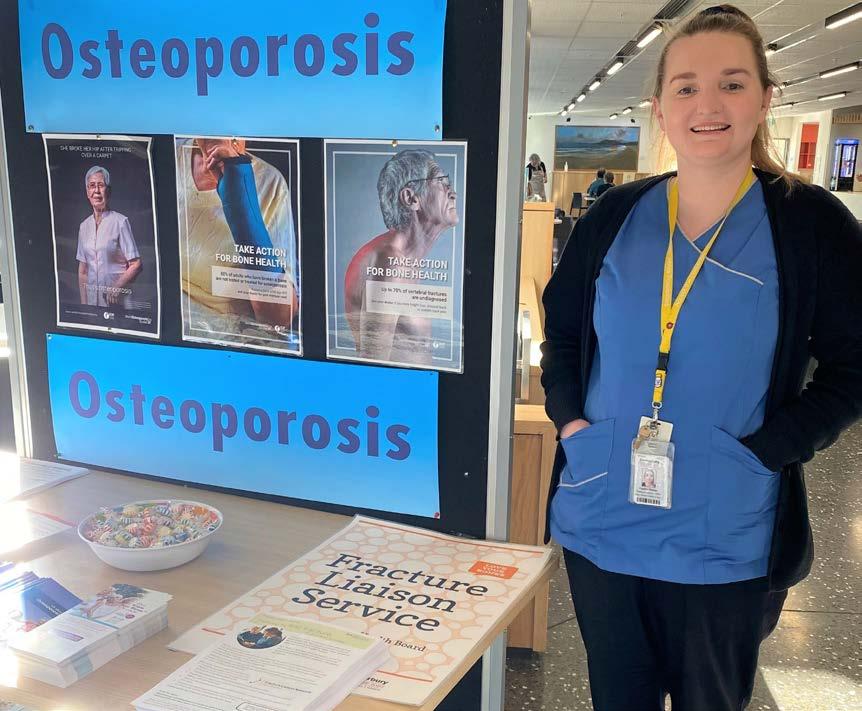
Fracture Liaison Specialist Clinical Nurse Specialist Cushla Parker at a display to mark World Osteoporosis Day last week
Who inspires you and why? My parents inspire me because they have worked extremely hard to run their own businesses while raising three kids! What do Waitaha Canterbury’s values (Care and respect for others, Integrity in all we do and Responsibility for outcomes) mean to you in your role? In my role it means using a holistic approach toward all our patients in the service. The FLS patients stay in the service for a year and are often recently diagnosed with osteoporosis. While on their patient journey in the service I treat them with respect and provide them with support as they learn about how their condition and treatment plan affect their life going forward. If you could be anywhere in the world right now where would you be? I would be travelling around Europe! Who would you want to play you if there was a movie made about your life? Emma Stone because she is hilarious!
What are your hobbies/interests outside of work? Hanging out with family and friends, travelling, walking on the beach and reading. Read more about the Fracture Liaison Service on page 19.
If you would like to take part in this column or would like to nominate someone please contact Naomi.Gilling@cdhb.health.nz.



